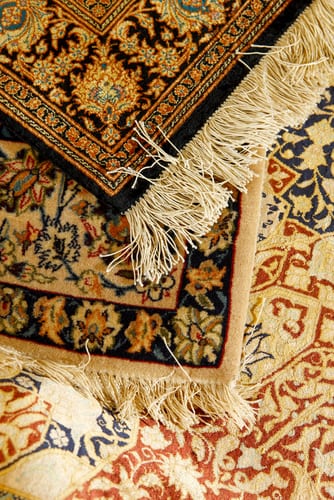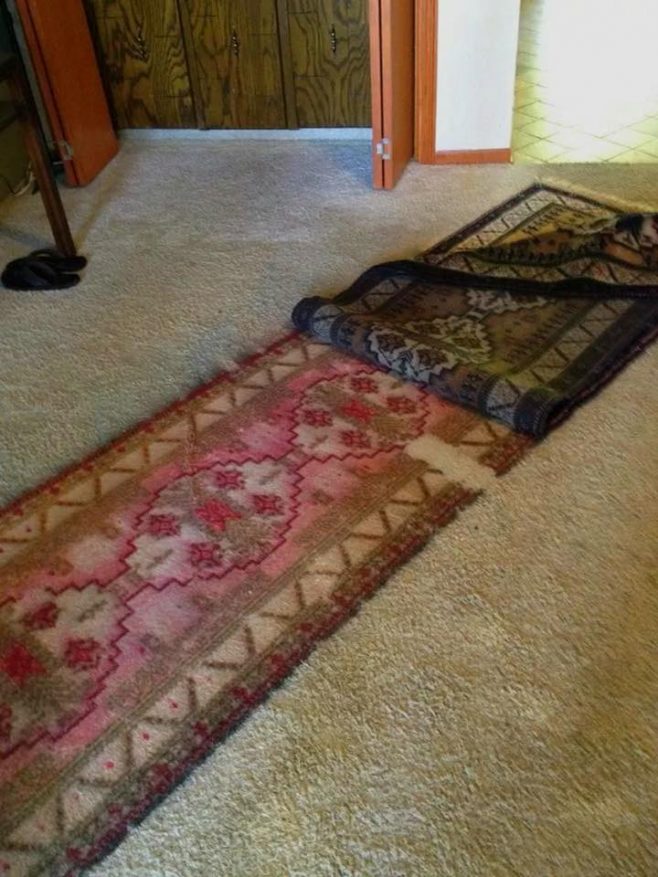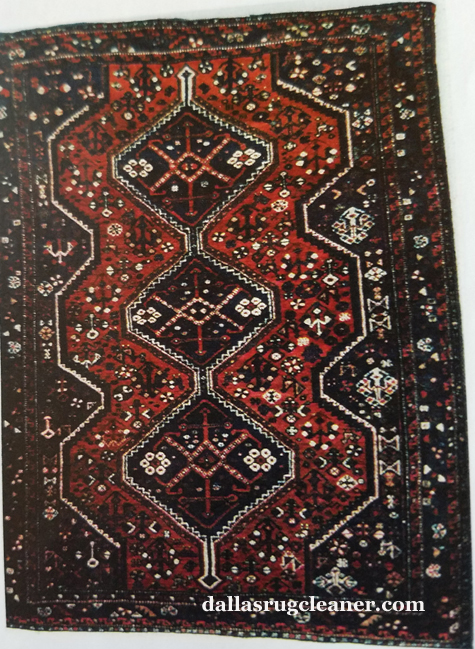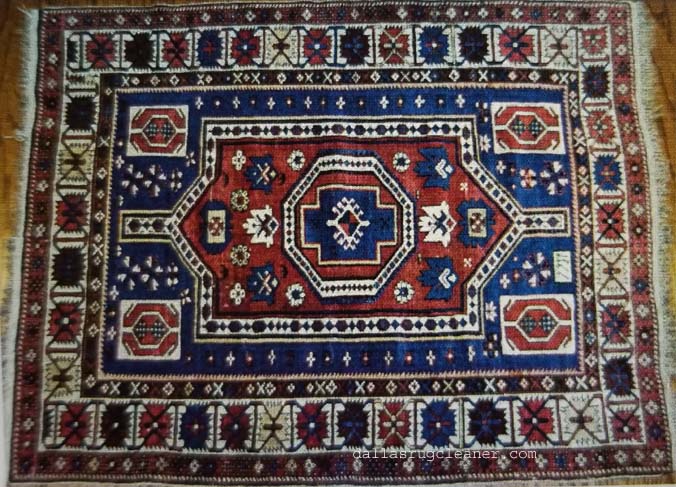Cotton Knots Exposed On Oriental Rugs

In order to be classified as an authentic oriental rug the rug must be hand woven or hand knotted of natural fibers usually wool but sometimes cotton or even silk.
Cotton knots exposed on oriental rugs. The small white or off white spots that appear at random in a few or sometimes many places on the surface of these rugs are very common. A traditional design gets a trendy update in this ivory and blue area rug showcasing a faded oriental motif. Depending on the size of the rug it can take several months or even years to complete. The symmetrical turkish or ghiordes knot used in turkey the caucasus east turkmenistan and some turkish and kurdish areas of iran and the asymmetrical persian or senneh knot iran india turkey pakistan china and egypt to make a turkish knot for an oriental rug the yarn is.
You can see very clearly that cotton has been strung up on the loom as the warps fibers running the length of the rug and that cotton is also being used as the wefts fibers running the width of the rug in between the rows of knots to hold them in place. White knots in oriental rugs are an inherent characteristic of authentic oriental rugs. Made in turkey this area rug is machine woven from stain and fade resistant polypropylene in a low 0 37 pile perfect for rolling out in high traffic living rooms and dining spaces prone to occasional spills and stains alike. In the loom photo to the right turkish weavers are weaving a wool rug.














































